Popular models of the Japanese car company Toyota: what do they mean? (20 photos)
In a car, not only its characteristics and design are important. The name for a car is very important. It should sound good in all languages and be easy to remember. 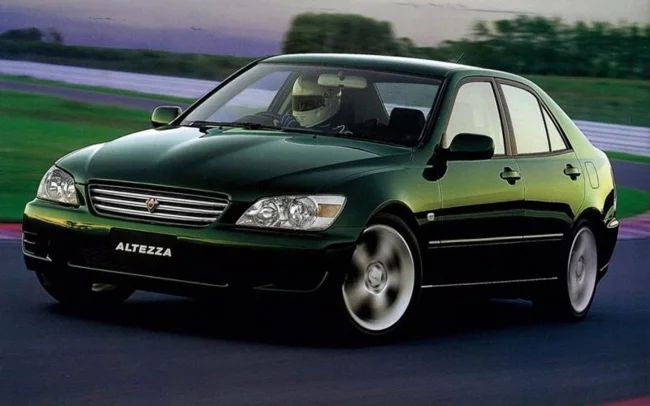
We will provide decoding of the names of some Toyota cars in this article.
Toyota Aristo 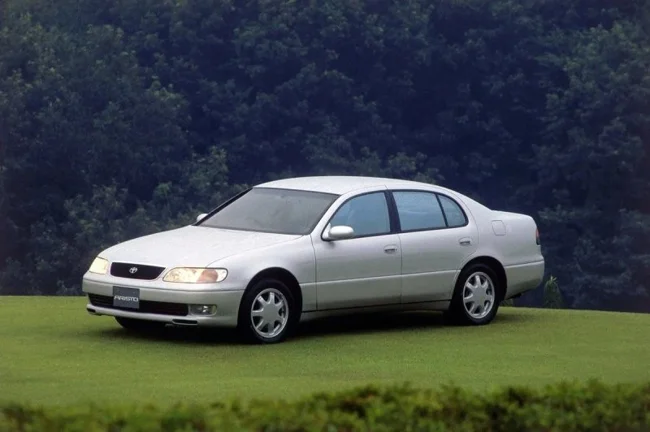
The large rear-wheel drive Toyota Aristo sedan was introduced in October 1991. The car was positioned as a high-performance executive sedan with a magnificent design from the studio of Giorgetto Giugiaro.
The name of the car was chosen accordingly. Translated from Greek, the word "aristo" is translated as "best". And Aristo is the best supplier to the contract market - the legendary 2JZ engines!
Toyota Alphard 
In May 2002, the Toyota Granvia was replaced by a new roomy minivan - the Toyota Alphard. The car with a capacity of 7-8 people was distinguished by improved interior finishing and very good technical characteristics. In addition to the top-end 220 hp engine. for Alphard the following were available: all-wheel drive system and TEMS adaptive suspension.
The new luxury minivan was named after the star Alphard, which is located in the constellation Hydra.
Toyota Windom 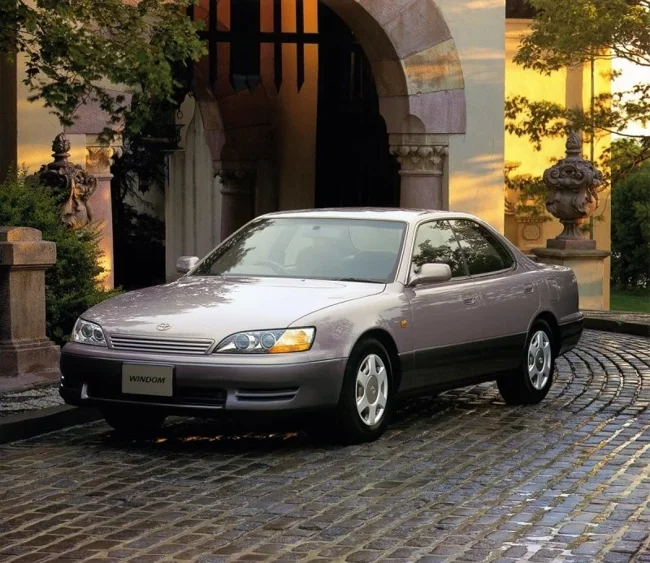
Introduced in Japan in September 1991, the Toyota Windom was a front-wheel drive luxury sedan with a powerful 200-horsepower V6 engine. Technically, Windom was a Lexus ES adapted for the Japanese market.
The car received its name by combining the English word “win” (victory) and the suffix “-dom”. It was implied that the owners of this car are constantly winning (I think they will write this in the comments).
Toyota Caldina 
The Toyota Caldina station wagon went into production in November 1992. In fact, it was a five-door modification (station wagon) of the popular mid-size Toyota Corona sedan. The first generation Caldina received a wide range of engines: from a low-power 1.5-liter (99 hp) to a 2-liter engine with 175 hp. In addition, the station wagon was equipped with an all-wheel drive system, which made it especially popular in our country.
Japanese marketers received the name Caldina through a bizarre transformation of the Italian word “cardinal”, which means “essential”, “fundamental”.
Toyota Cresta 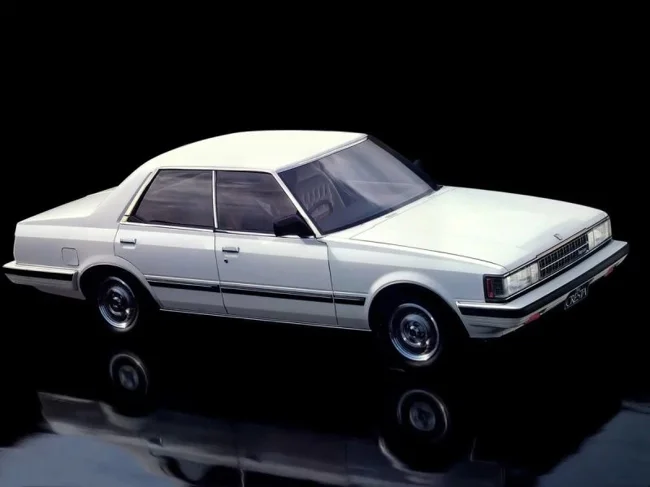
The first generation Toyota Cresta arrived in Japanese dealer showrooms in April 1980. Technically, the Cresta was completely identical to the fourth generation Toyota Mark II. The Cross was positioned as a luxury version of the Mark 2, from which it differed slightly from it in exterior design elements.
Translated from Spanish, the word "cresta" has many meanings: "comb", "ridge" and "coat of arms". However, in this case, the Japanese meant exactly the “coat of arms”.
Toyota Avalon 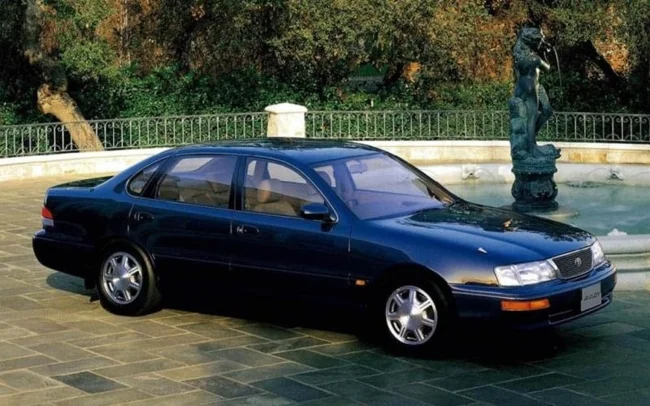
The Toyota Avalon sedan was introduced in the United States in March 1994. It was originally manufactured in the USA and only then imported into the Japanese domestic market. The Avalon was based on the Camry platform, and was equipped with a single 3-liter V6 engine.
The word “avalon” comes from the name of a mythical island from Celtic legends, where skilled sorceresses lived. We don’t know why Toyota decided to name this car that way, but it sold well in America. Unlike Japan, where only the first generation car was sold. Apparently, Western legends are alien to the descendants of samurai.
Toyota Avensis 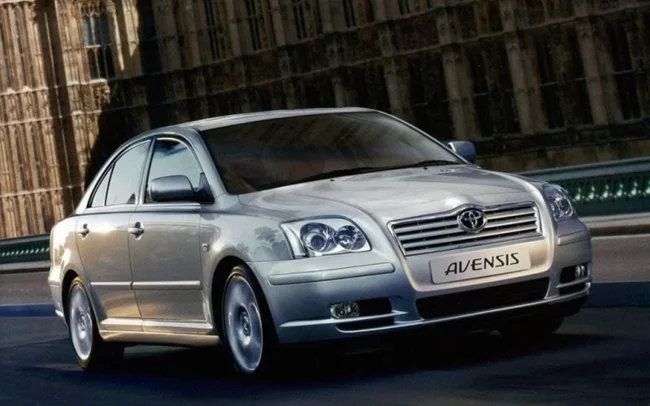
This car is well known to our motorists - Toyota Avensis. Avensis is a mid-size D class car, which was available in sedan and station wagon body styles. Interestingly, the first generation model was not sold in Japan.
The name Avensis comes from the French word “avancer”, which can be translated as “move forward”, “advance”. Unfortunately, the Avensis did not progress very well, only three generations came out, after which Toyota stopped producing the model.
Toyota Allion 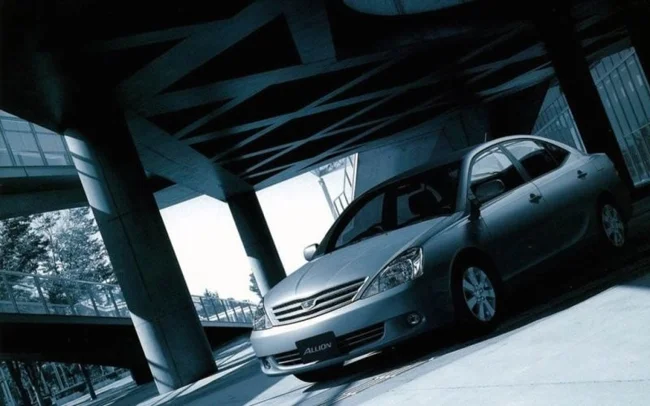
In December 2001, the well-deserved Toyota Carina was replaced by the new Toyota Allion sedan. It became noticeably larger than its predecessor: its length increased by 120 mm and its wheelbase by 60 mm, which made it possible to increase the interior space in favor of the rear passengers. In addition to the base 1.5-liter engine with 109 hp. Buyers were offered a 2-liter 152-horsepower unit, paired with an all-wheel drive transmission.
The car got its name based on the “all in on” concept, which meant combining all the best properties in one car.
Toyota Altezza 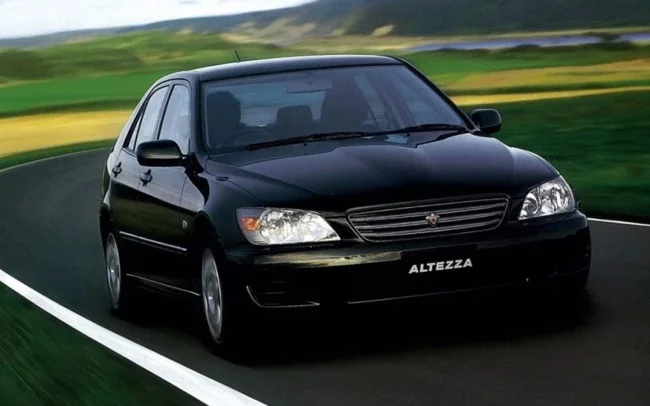
The Toyota Altezza was first introduced in 1998 and was a response to premium European sports sedans. The word Altezza itself is of Italian origin and is translated as “growth” or “greatness.”
The name turned out to be successful, the car was quite popular in its homeland. Two years later, the model range was replenished with the Altezza Gita model. The name is translated from Italian as “journey” or “excursion”, a very apt and appropriate name, considering that Gita is a station wagon.
Toyota Verossa 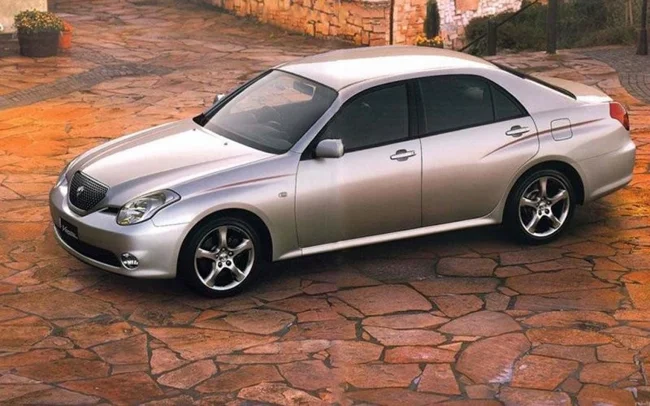
In 2001, all fans of the Chaser and Cresta models were given an unpleasant surprise. Toyota announced that their favorites are being discontinued and are being replaced by the Toyota Verossa. In technical terms, there were no complaints about the car - it was still based on the proven Toyota Mark II chassis. Questions were raised by the avant-garde design, made in the style of the Italian design school.
Commercially, the car was a failure, and the name Verossa was no longer used by the Japanese company. Meanwhile, it did not have much meaning and was essentially a combination of two Italian words: “vero” (truth) and “rosso” (red).
Toyota Estima 
The new seven-seater Toyota Estima minivan was introduced in May 1990. The car featured a very unusual “elongated egg” design and original layout. Estima's engine was located within the base - immediately behind the front axle. Such an unusual arrangement was caused by the desire of the designers to fit the car into tax-friendly dimensions in Japan, while maintaining a spacious interior.
The name of the minivan was chosen with meaning, apparently bearing in mind the considerable size of the car. It is derived from the English word “estimable” (venerable, worthy of respect).
Toyota MR2 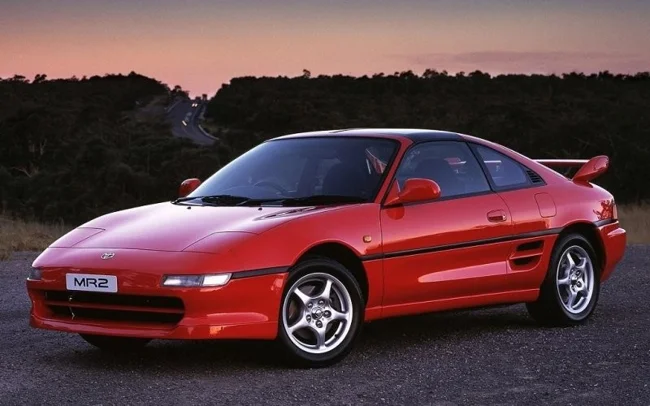
The iconic Toyota MR2 was produced from 1984 to 2007. For its very low cost, this sports car had outstanding characteristics. Having gone through three generations and leaving the production line more than 10 years ago, the MR2 is still revered by sports car enthusiasts.
The name MR2 is an abbreviation of the English words “midship runabout 2-seater”, which means “mid-engine, small, two-seater”. The car had a mid-engine layout, this feature provided it with phenomenal handling.
Toyota Carina 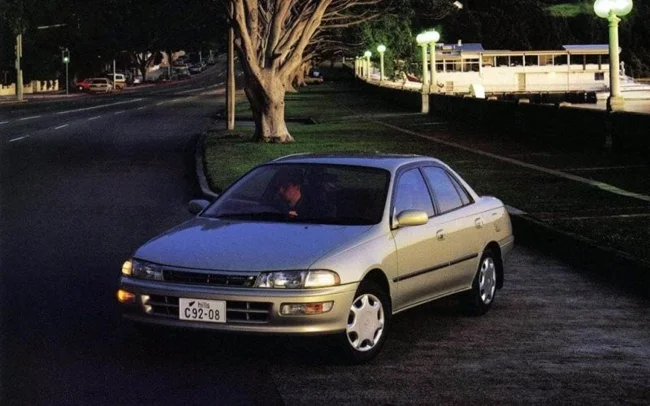
Toyota Carina traces its lineage back to 1970, and has been supplied to many countries around the world. The car was a four-door sedan with a sporty character, which was built on the Celica platform.
The name Carina is quite interesting and has Latin roots. Some people mistakenly believe that the car was named after the female name Karina (from Latin “tender”, “sweetheart”). In fact, the Japanese named their model after the constellation Carina, in the southern hemisphere. An even more productive modification was called Carina ED, the abbreviation of which stood for “exciting dressy”, translated as “exciting and elegant”.
Toyota Celica 
Another legendary sports car that has shared its stunning chassis with many other Toyota models is the Toyota Celica. First introduced in 1970, the model quickly gained love and popularity among car enthusiasts.
The name Celica comes from the Spanish word "celestial", which can be translated as "heavenly". In our country, among fans of this model, a considerable debate broke out about how to correctly pronounce the name of this wonderful car: “Celica” or “celica”. The Spaniards themselves call the car nothing more than “Selica”.
Toyota Corolla 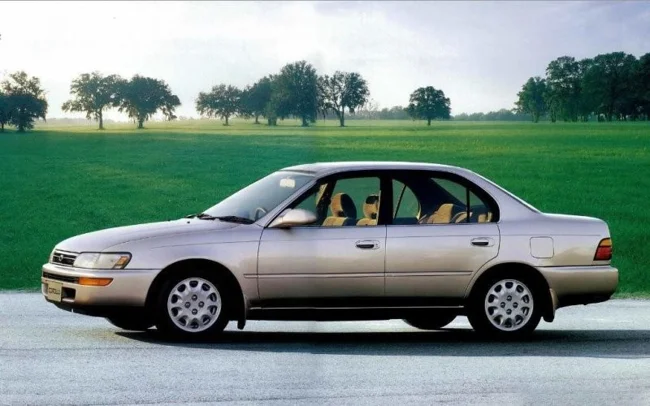
Compact Toyota Corolla cars are well known in our market and are the most popular cars that Toyota has ever produced.
The Latin word "corolla" is well known to biologists, and is translated as "corolla" (a ring of petals around the central part). By this name the company meant the image of an attractive compact car.
Toyota Corsa 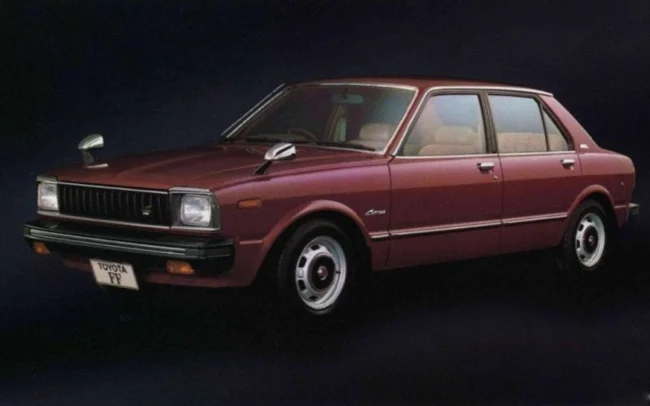
Few people know, but a car called Corsa appeared in the Toyota lineup much earlier than Opel, back in 1978. Corsa is the first front-wheel drive car from a Japanese company. Moreover, in contrast to the prevailing trend of those years, the engine in the Corse was located longitudinally and not transversely. In technical terms, the car was nothing outstanding. But it was simple, reliable and relatively inexpensive.
The word "corsa" is of Italian origin and means "race".
Toyota Supra 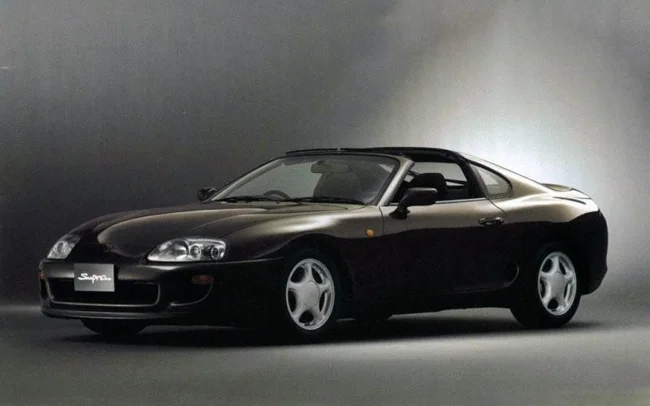
Perhaps the most famous sports car of the Toyota brand was born in February 1986. The first generation car was a further development of the Celica model, which became a separate model.
For the first time since the Toyota 2000GT, the Supra received a rear-wheel drive chassis with independent suspension and disc brakes on all wheels. The most powerful 3-liter 7M-GTE engine developed 230 hp, which allowed the Supra to accelerate to 230 km/h and cover the first hundred in just 7 seconds.
The origin of the word “supra” is Latin and literally means “above.”
Toyota Prius 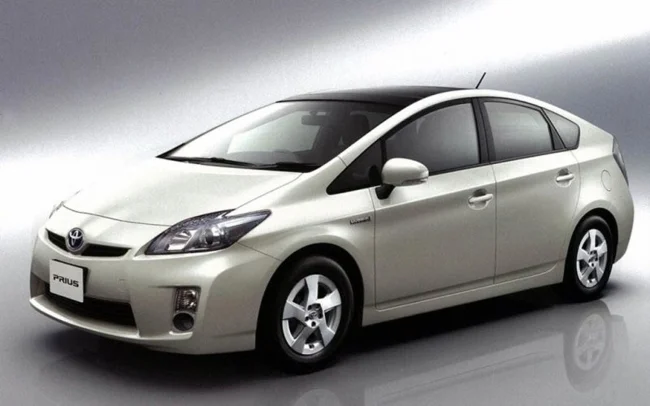
If we talk about global Toyota models, no one needs to introduce the Prius. It’s not surprising, because this is the world’s first mass-produced hybrid car! First appearing in Japan in 1997, it is still produced to this day.
The name of the car comes from the Latin word “prius”, which translates as “first”. The name fully reveals the essence of this wonderful machine.
Toyota RAV 4 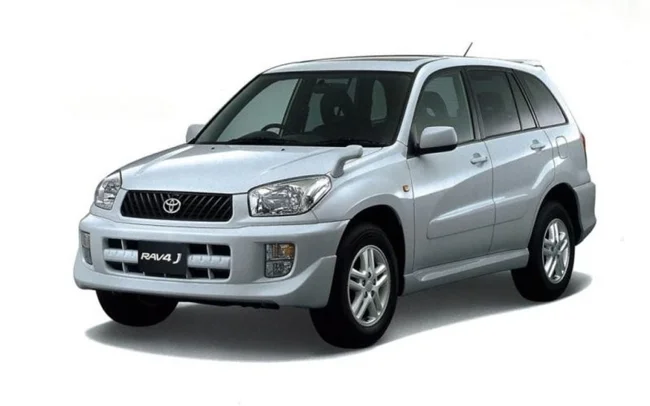
Another world-famous car is the Toyota RAV 4. First appearing in Japan in 1994, the RAV 4 created a real sensation. Tall, powerful and all-wheel drive, it was so popular with customers that Toyota had to increase factory capacity in order to meet high demand. The RAV 4 received its last update in 2018, but its popularity continues unabated.
The name RAV 4 is an abbreviation of the English words “recreational active vehicle,” which means “vehicle for active recreation.” The number 4 means permanent all-wheel drive.
